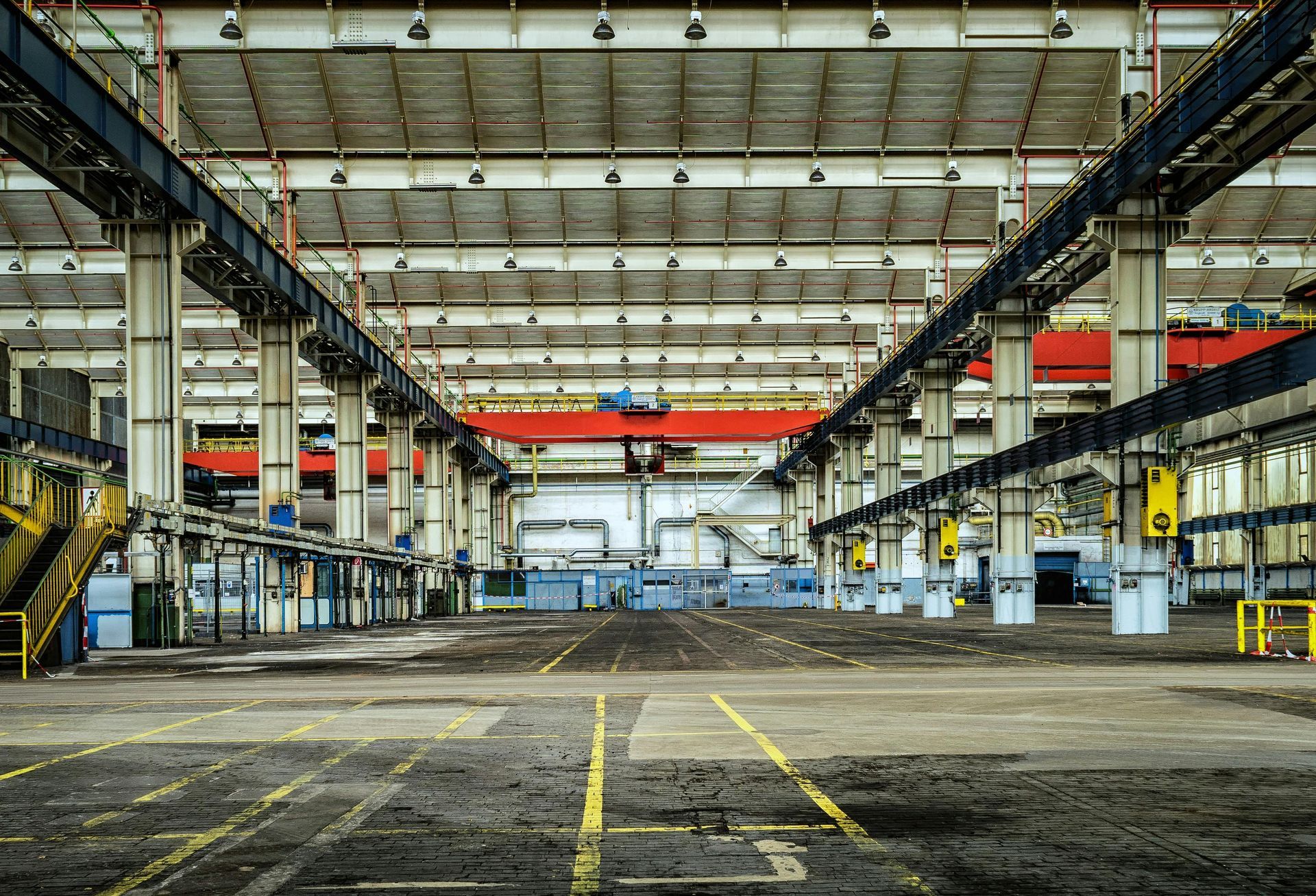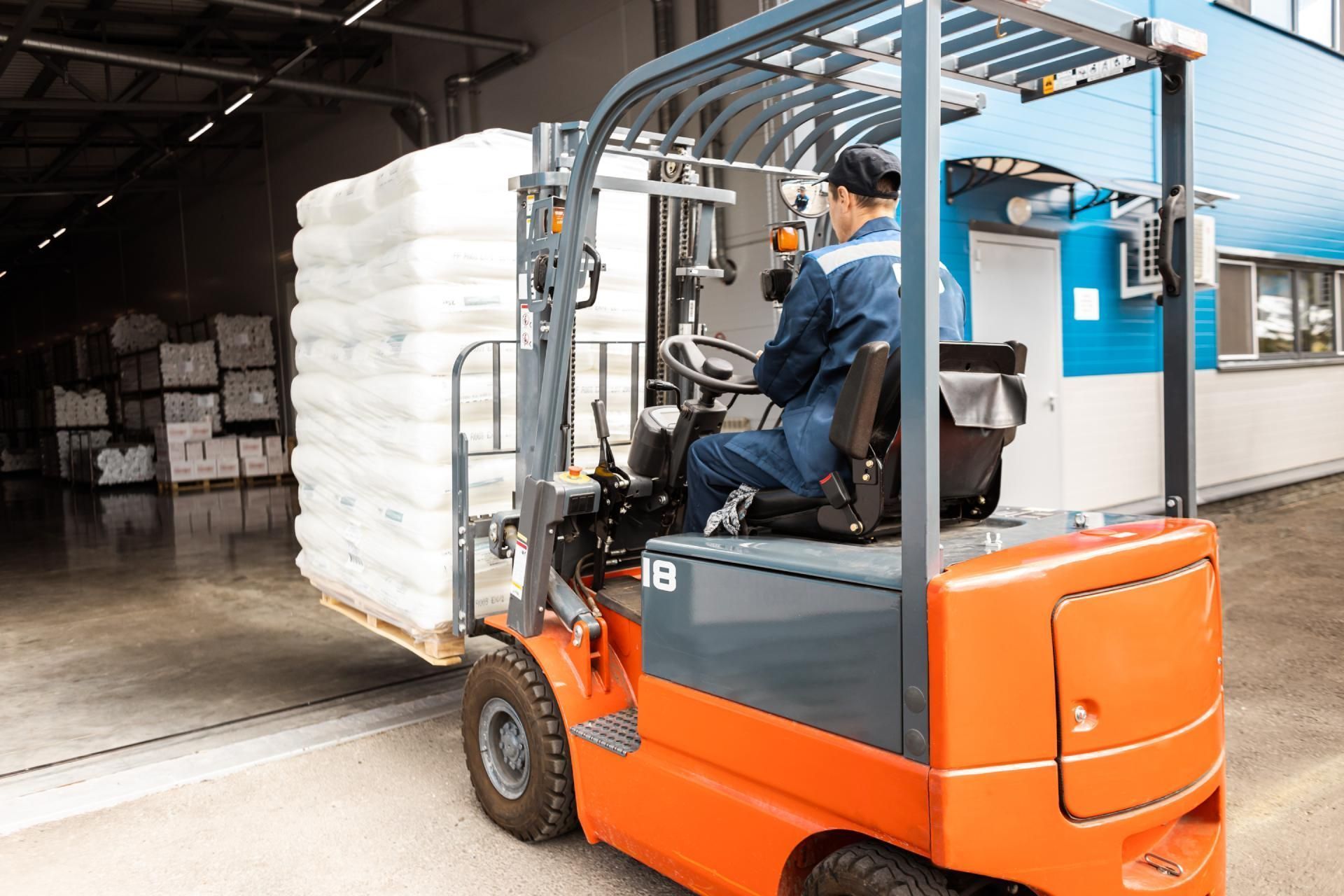5 Ways to Prevent A Forklift from Overturning
Prevent A Forklift from Overturning
Prevent A Forklift from Overturning. The forklift was invented in 1906 to help the Pennsylvania Railroad handle baggage. Much has changed in the years since, with forklifts becoming more powerful, more capable, and more common. Even though the technology has evolved over the years, the law of gravity remains the same — and with it, forklift injuries and deaths are still all too common. OSHA statistics cite nearly 35,000 serious and 61,000 non-serious injuries per year and an average of 82 deaths due to forklifts, with the most common cause of death being forklift rollovers. Because we keep safety top of mind, Benco Industrial Equipment is taking some time to inform you about preventing forklift rollovers.
Never Travel with a Raised Load
A forklift relies on a very precise (and, all things considered, very small) center of gravity. While there are several things you can do to ensure the safe transport of loads, including an even load that doesn’t exceed the forklift’s operating capacity, many forklift accidents are caused by traveling and turning with a raised load. Keep the load low and your turns slow and steady to ensure safety.
Keep Surfaces Clean and Even
Uneven surfaces are another common cause of forklift overturns. While accidents are especially common when you’re operating on an incline (especially if your approach or your load are off-center), there are a number of other hazards that can contribute to a rollover. Potholes, expansion joints, wet floors, oil leaks, and spills can also be significant hazards. These should be addressed before you load or unload.
Mind Your Speed
In addition to keeping your load low, be sure to mind your operating speed. Sudden stops and starts can cause the lift truck to jerk, and that can in turn cause your load to shift. Attempting to turn quickly also leads to instability, especially since the three-wheel layout common to most forklifts means you’ve got the deck stacked against you to begin with.
Maintain Awareness
Being aware of your surroundings is a good habit to cultivate. It has a number of safety benefits beyond preventing rollovers (securing trailers properly, for instance, prevents roll-offs, another common cause of injuries, fatalities, and property damage). Being able to anticipate hazards before operation means you can address them early to contribute to a safer workplace. Being aware of potential trouble spots — be it low clearance or a tight spot among your warehouse shelving, coworkers in your work area, or countless other issues — means less chance of a quick and panicked reaction that can endanger you or your employees.
Train, and Train Some More
Nobody’s born knowing how to use a forklift, or knowing every last hazard that comes with their operation. Proper training is important to ensure safe operation, so make sure that everyone working on or around a forklift is trained — early and often — to ensure safety. Beyond being forklift dealers in St. Louis , Benco Industrial Equipment also offers warehouse and forklift safety training , so contact us today for your warehousing and materials handling needs!
The post 5 Ways to Prevent A Forklift from Overturning appeared first on Benco Industrial Equipment.




